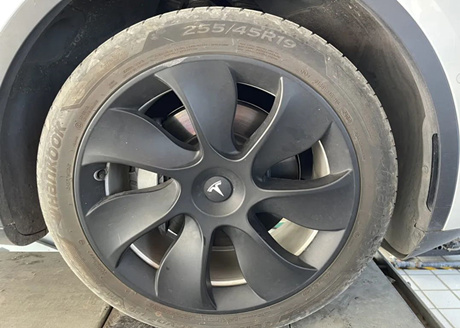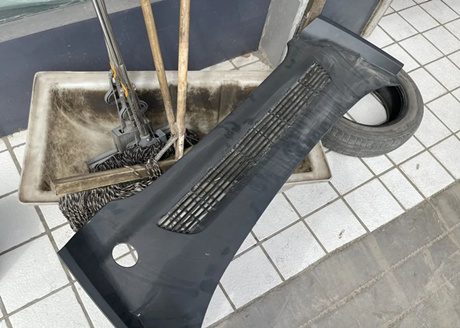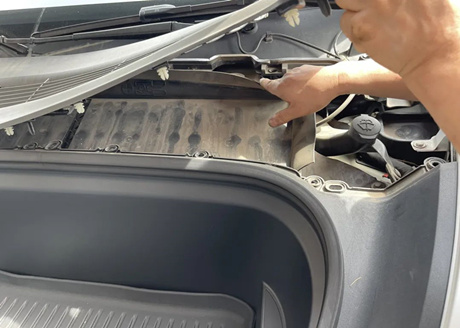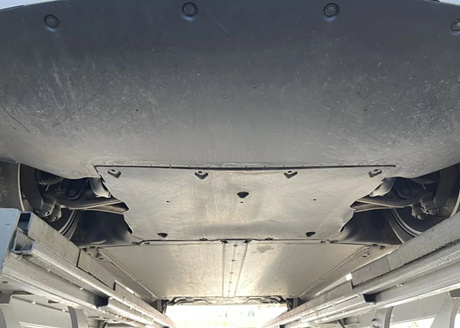
A Tesla Model Y enters the store and the owner asks the mechanic: Can you check the brake fluid? After receiving a positive answer from the mechanic, the car owner parked the car at the entrance of the store and got off.
The car owner said that the dashboard indicates a lack of brake fluid. When they called Tesla's after-sales service, the answer they received was: do not continue driving and have the trailer tow the car to the after-sales service for inspection as soon as possible.
In general, there is no shortage of brake oil in a car. The brake oil level in the brake oil tank will only decrease with the wear of the brake pads. This is because after the brake pads become thinner, the brake oil stored in the brake cylinder will increase, and the corresponding brake oil level in the brake oil tank will decrease, but the total amount of brake oil will not decrease.
After listening to the car owner's description, the mechanic first checked the thickness of the brake pads on all four wheels with a flashlight. The brake pads were still very thick, after all, the total mileage was only over 20000 kilometers.

The car owner opened the front engine hood, and the mechanic removed a cover at the front, as shown in the following picture. At the same time, the mechanic also cleaned up the leaves and other debris on the rain collector board.

As shown in the picture below, this is the removed cover plate.

The mechanic found the location of the brake oil tank. For almost all car models, whether they are gasoline cars, hybrid cars, or pure electric cars, the location of the brake oil tank is here. Because the brake fluid reservoir is connected to the brake master cylinder, which is connected to the brake pedal located under the steering wheel.

The mechanic unscrewed the brake oil cap and found that there was still brake oil inside, but the amount was not that much.

Since there is still brake oil in the brake oil tank, why does the instrument panel sound an alarm?
The mechanic said that there is a liquid level sensor in the brake oil tank, which may be due to a problem with the sensor or because the amount of brake oil is indeed low.
In order to reassure the car owner, the mechanic drove the car onto a lift, lifted it up, checked the chassis for any scratches, and also checked every brake cylinder, brake oil pipe, etc. for oil leakage.
As shown in the picture below, this is a photo taken from the bottom of the front of the car. Looking at its chassis, it is really quite flat without any scratches.

After a detailed inspection, there is no problem with the chassis of this Tesla, and there is no leakage of brake oil in the four brake cylinders and corresponding brake oil pipes. It can be confirmed that the malfunction light is on and not caused by human error.
Taking all these checks into consideration, the kind-hearted mechanic did not charge any fees for the inspection. He only suggested that the car owner contact the after-sales service again and describe the inspection results to them, to see if they should use a flatbed truck to transport the car to the official after-sales service point or drive it to the after-sales service point themselves.
Although the problem has not been detected yet, the instrument panel indicates a malfunction that may affect the brakes. It is still best to be careful and prioritize safety.